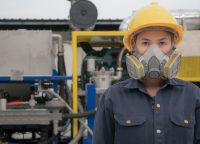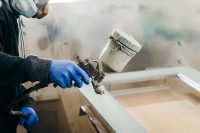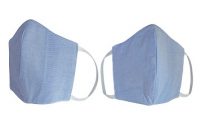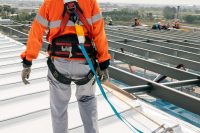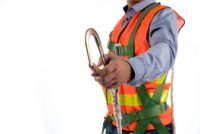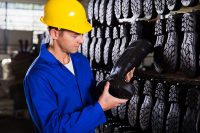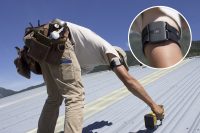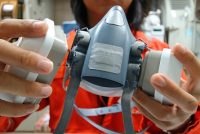Category: Personal Protective Equipment
No safety technology is changing as fast as that employed in PPE. The devices of just a few years ago are now obsolete by replacements that are lighter, easier to use, and more protective. These resources alert you to developments in the field, and equally important, supply training ideas to get your workers to use their PPE, and use it correctly.
Free Special Report: Does Your PPE Program Meet OSHA’s Requirements?
How’s your respiratory protection compliance? Last year, the Occupational Safety and Health Administration (OSHA) allowed inspectors to exercise enforcement discretion, especially in enforcing the agency’s annual fit-testing requirement, in response to respirator shortages. All those discretion directives have since been withdrawn. The time is now to check all components of your written respiratory protection program, […]
In our latest installment of Ask the Expert, brought to you by the team of industry experts at EHS Hero®, we look at a recent question from a subscriber asking how to implement a respiratory protection program. See what the experts had to say. Q: What are the steps to implement a respiratory protection program? […]
An EHS Hero® subscriber is having trouble persuading painters to use eye protection during spray painting operations, who claim that the PPE gets in the way of the task. This led the subscriber to ask our experts: Is eye protection a compliance requirement for spray painting? See what they had to say on the matter.
The National Institute for Occupational Safety and Health (NIOSH) released new criteria for masks to help protect workers from the SARS-CoV-2 virus, which causes COVID-19. The NIOSH criteria incorporate the nonregulatory American Society for Testing and Materials (ASTM) Specification for Barrier Face Coverings (F3502-21).
An unprecedented near miss is a once-in-a-work-life occurrence for most. Although they aren’t positive experiences, they should always be used as a positive learning opportunity to eliminate future risk; the incident described within should not be treated any differently. “It’s always good to share these types of incidents. Hearing about others’ experiences provides insight and […]
With the eighth annual National Stand-Down to Prevent Falls in Construction happening this week, we’re taking a look at some fall protection questions answered by our experts at EHS Hero® . Do you need a plan or personal fall arrest systems if you have adequate railing and protection from hazards? What about scissor lifts? Read […]
If you require employees to wear protective footwear, you as the employer must provide and pay for it unless the PPE is non-specialty safety-toe protective footwear that you allow employees to wear off the job site.
“Technology is taking us all over” is the most prolific comment I’ve heard lately, most recently from a crew member on a construction jobsite in the southeastern United States. When introducing wearable safety technology, EHS managers must employ knowledge, listening, and patience.
The National Institute for Occupational Safety and Health (NIOSH) recently approved the first elastomeric respirator without an exhalation valve, developed by the Mine Safety Appliance (MSA) Corporation. Elastomeric respirators are half-facepiece or full-facepiece respirators made with a facepiece of synthetic or natural rubber material that can be repeatedly used, cleaned, disinfected, stored, and reused.
A Hawaii appellate court recently affirmed a decision upholding a citation for a “serious” violation issued by the Hawaii Occupational Safety and Health Division (HIOSH), rejecting a key defense because the employer didn’t follow its own unnecessarily strict safety policy.


